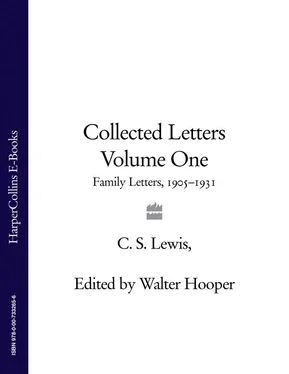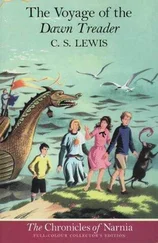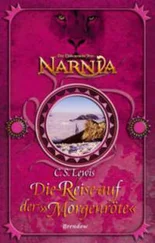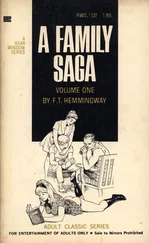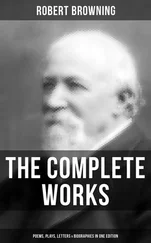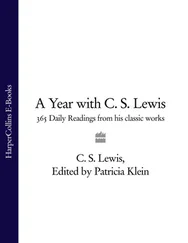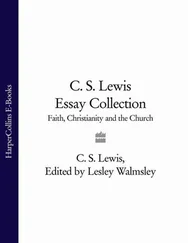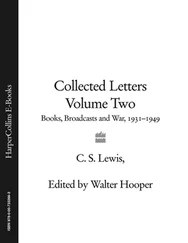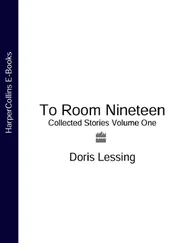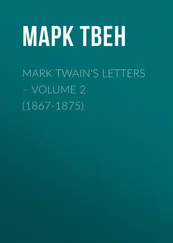3Sir Arnold Lunn, The Harrovians (1913).
4James Craig, first Viscount Craigavon (1871-1940), statesman. He was born in Belfast and was the MP for East Down 1906-18; MP for Mid-Down 1918-21; parliamentary secretary to the Ministry of Pensions 1919-20 and to the Admiralty 1920-1. He was chief secretary to Sir Edward Carson in opposing home rule, and was active in organizing means of resistance in Ulster. He was the first prime minister of Northern Ireland 1921-40. Captain Craig, as he was in 1914, was a very popular figure in the North of Ireland, and his house was about a hundred yards from Little Lea.
5H.M.A. Guerber, Myths of the Norsemen from the Eddas and Sagas (1908).
6Gerard Parker (1896-?) was in School House 1910-14, and was school prefect. After leaving Malvern he went to Sandhurst, passing from there in 1915 into the Devon Regiment. He was promoted to lieutenant in 1917 and during the war he was mentioned in despatches. He made captain in 1926, and retired in 1931.
7Canon James had been succeeded as headmaster by Frank Sansome Preston (1875-1970) who had been educated at Marlborough College and Pembroke College, Cambridge. He was an assistant master at Marlborough 1899-1914, and headmaster of Malvern 1914-37.
8In SBJ VII Lewis said that while ‘Smewgy’ was the major blessing of Malvern, the other ‘undisguised blessing of the Coll was “the Gurney”, the school library; not because it was a library, but because it was a sanctuary As the negro used to become free on touching English soil, so the meanest boy was “unfaggable” once he was inside the Gurney.’
9Robert Bridges (1844-1930), Poet Laureate from 1913. His poetry appeared in a single volume in 1912, and this was probably what Lewis was reading.
10Emily Brontë, Wuthering Heights (1847).
11Annie Strahan was the cook-housekeeper at Little Lea, 1911-17.
12The tragedy, Norse in subject and Greek in form, which Lewis was writing.
13The Greeves’s home in Circular Road was directly across from Little Lea.
14Joel 1:4.
15Arthur Christopher Benson, The Upton Letters (1905).
16 The Times (2 June 1914), p. 9.
17Sir Edward Elgar (1857-1934), composer, who rose to international fame about 1900 through his choral and orchestral music. He was living in Worcester at this time.
18John Henry Newman, Verses on Various Occasions (1868).
19Newman’s Dream of Gerontius depicts the journey of the soul to God at the hour of death. In 1900 it was set to music by Elgar, who regarded the work as his masterpiece. Lewis came to like the Dream very much in later life and in a discussion of Purgatory in chapter 20 of Letters to Malcolm (1964) he said ‘the right view returns magnificently in Newman’s Dream.
20Cedric Edwin Hamley (1899-1997) was an exact contemporary of Jack Lewis in School House, having arrived in the third term of 1913. He left in 1915 and served in the war with the London Rifle Brigade. He was afterwards a 2nd lieutenant in the RAF, and a captain in the 3rd London Fusiliers from 1922-28. He worked in the family business, C. Hamley Ltd. in London.
21It is reproduced in LP IV: 198-200.
22William Shakespeare, As You Like It (1623).
23Oliver Goldsmith, The Vicar of Wakefield (1766).
24George Louis Kirkpatrick (1882-1943) was the only child of Mr and Mrs Kirkpatrick. He was born 23 May 1882 when his father was still headmaster of Lurgan College, and educated in England at Charterhouse 1896-99. From there he went to work for the electrical engineers, Browett, Lindley & Co., English Makers of Patricroft, Manchester. When Mr Kirkpatrick retired from Lurgan he and Mrs Kirkpatrick moved to Manchester to be near him. Now Louis was in a camp near Great Bookham. He was general manager of Bruce Peebles & Co. (Engineers) in Edinburgh from 1932 until his death in 1943.
25Arthur had given him H.G. Wells’ The Country of the Blind, and Other Stories [1911].
26In Jane Austen’s Sense and Sensibility (1811).
27Homer, the Greek poet generally believed to have lived in about the eighth century BC, is famous for his two epics, the Iliad and the Odyssey. Mr Kirkpatrick wasted no time preparing Lewis to undertake these Greek masterpieces. ‘We opened our books at Iliad, Book I,’ Lewis wrote in SBJ IX. ‘Without a word of introduction Knock read aloud the first twenty lines or so in the “new” pronunciation, which I had never heard before…He then translated, with a few, a very few explanations, about a hundred lines. I had never seen a classical author taken in such large gulps before. When he had finished he handed me over Crusius’ Lexicon and, having told me to go through again as much as I could of what he had done, left the room. It seems an odd method of teaching, but it worked. At first I could travel only a very short way along the trail he had blazed, but every day I could travel further…I was beginning to think in Greek. That is the great Rubicon to cross in learning any language.’ Lewis was using Gottlieb Christian Crusius, A Complete Greek and English Lexicon for the Poems of Homer and the Homeridae: Illustrating the Domestic, Religious, Political, and Military Condition of the Heroic Age, and Explaining the Most Difficult Passages. Translated with corrections and additions by Henry Smith. New Edition revised and edited by Thomas Kerchever Arnold (1862).
28Eric Robertson Dodds (1893-1979), classical scholar, was from Banbridge, County Down. He was educated at Campbell College, and University College, Oxford. At this time he was reading Literae Humaniores at University College. He took his BA in 1917. Dodds was Lecturer in Classics at University College, Reading 1919-24, Professor of Greek at the University of Birmingham 1924-36 and Regius Professor of Greek in the University of Oxford, 1936-60. See his autobiography, Missing Persons (1977).
29Martin Gilbert, First World War (1994), p. 25.
30St Nicolas Church, the earliest parts of which were built in the 11th century, is mentioned in the Domesday Book. The Reverend George Shepheard Bird was rector 1905-26. Jane Austen went to St Nicolas often when her godfather was vicar.
31‘The Nietzschean Way’, The Times Literary Supplement (1 October 1914), p. 442.
32i.e. Mr Kirkpatrick.
33H.T. Buckle, History of Civilization in England (1857; 1861).
34The Ewart family who lived in nearby Glenmachan House. See The Ewart Familyin the Biographical Appendix.
35For some weeks the Germans had been intent on reaching the Belgian and French coastline. In an attempt to prolong the defence of their port city, Antwerp, the Belgian government appealed to Britain for troops. Thousands of British troops rushed to the aid of Antwerp, but by 10 October it was impossible to hold it against the Germans. By this time tens of thousands of Belgian refugees had arrived in England.
36A nickname given Warnie by his father and brother.
37Virgil (70-19 BC), the greatest Roman poet, wrote four ‘Georgics’, which are didactic poems in hexameters on Italy and traditional ways of rural life.
38T.W. Rolleston, Myths and Legends of the Celtic Race (1912).
39Whether Arthur Greeves ever attempted any part of his share in the musical drama is not known, but Lewis’s lyric text of ‘Loki Bound’ filled 32 pages of a notebook. The only part of this which has survived consists of 819 lines reproduced in LP IV: 218-20.
40Pyotr Il’yich Tchaikovsky’s Chanson Triste was first performed in 1878.
41The nickname of Ludwig van Beethoven’s piano sonata No. 14 in C sharp, Opus 27, No. 2 (1802).
Читать дальше
